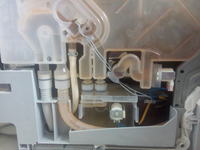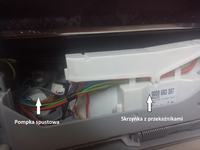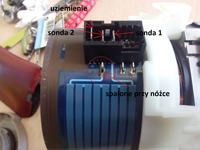Hello. I have a problem with the Bosch SPV50e00eu dishwasher, namely the water does not heat up during washing, I checked tangibly by opening the dishwasher during operation and thus it also does not dry after washing. No matter which program 45 ° C or 50 ° C (ECO), and these I use the most, it is the same all the time. The problem appeared recently, for about two washing cycles I have noticed that there is no heating.
- I cleaned all the filters inside,
- I also cleaned the drain pump impeller,
- the dishwasher is washed with a cleaning agent from time to time,
As it usually happens in such cases, the first thing I searched the forums is, people most often say that it can be a relay from a flow heater (probably there is one here?), Or the heater itself?
Will you help?
Greetings
- I cleaned all the filters inside,
- I also cleaned the drain pump impeller,
- the dishwasher is washed with a cleaning agent from time to time,
As it usually happens in such cases, the first thing I searched the forums is, people most often say that it can be a relay from a flow heater (probably there is one here?), Or the heater itself?
Will you help?
Greetings














